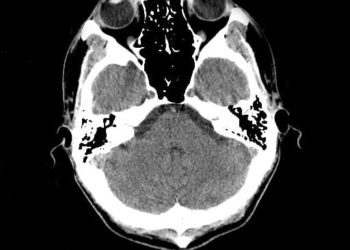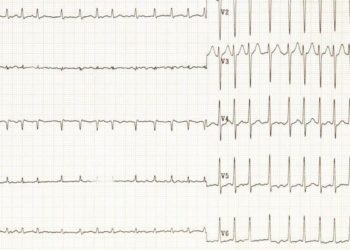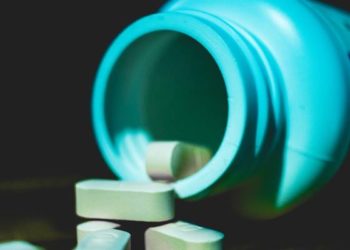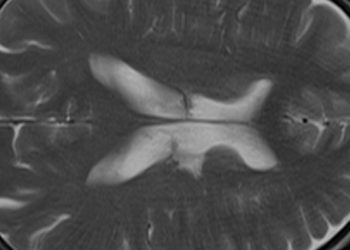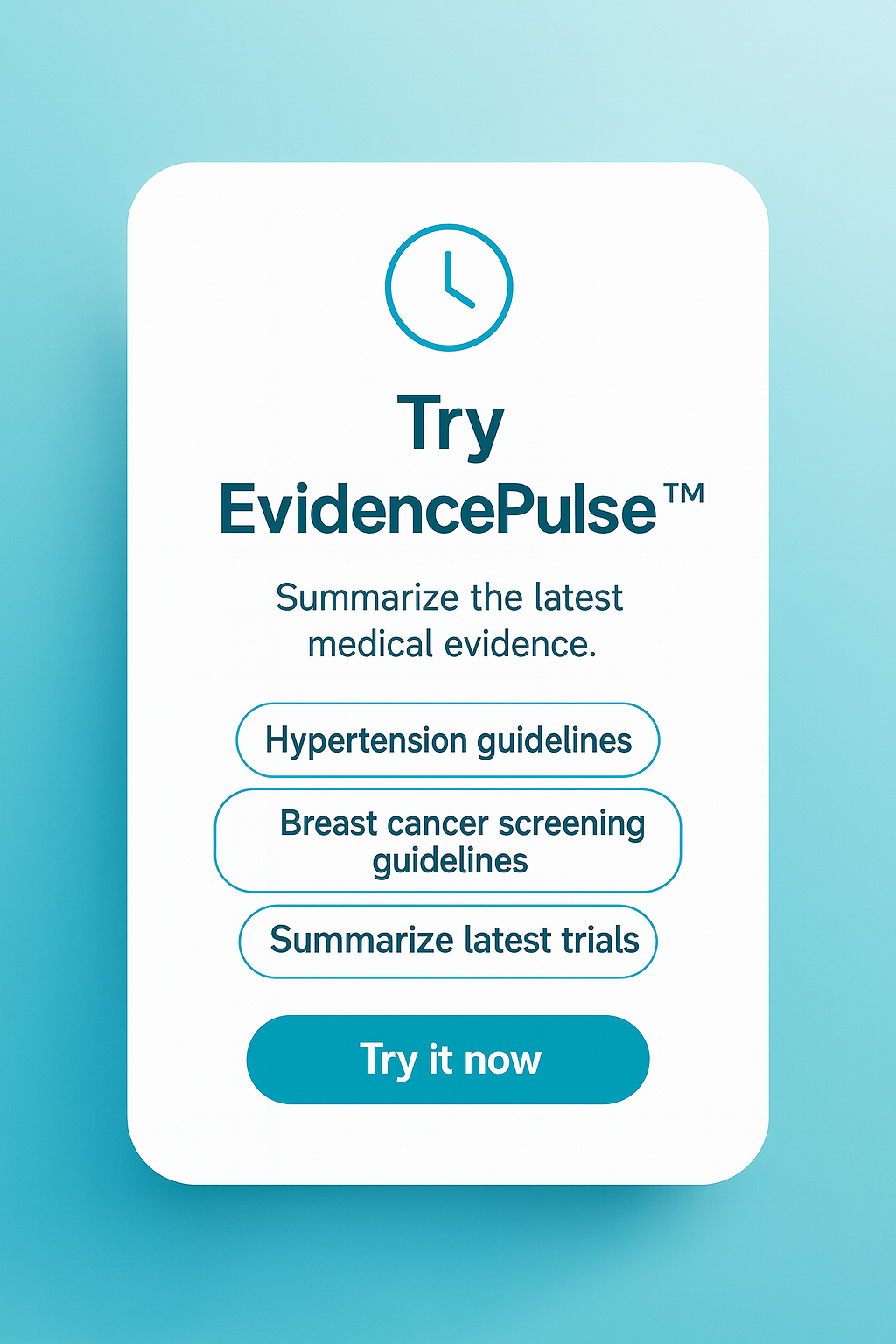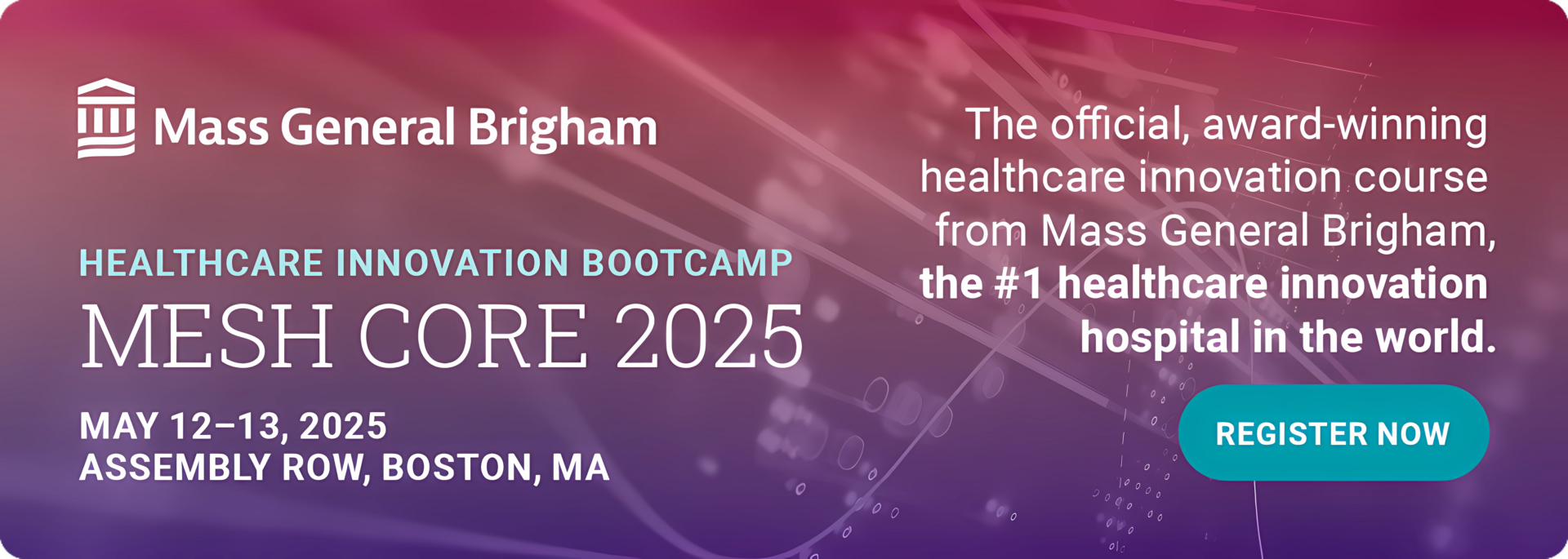High-definition cathodal direct current stimulation for treatment of acute ischemic stroke
1. High-definition cathodal direct current stimulation (HD C-tDCS) is a feasible and tolerable treatment for acute ischemic stroke (AIS) patients ineligible for reperfusion treatment.
2. On imaging, patients treated with HD C-tDCS compared to sham had reductions of hypoperfused regions, improved penumbral salvage, and increases in quantified relative cerebral blood volume (qrCBV) early post-stimulation in a dose-response pattern.
Evidence Rating Level: 1 (Excellent)
The treatment for acute ischemic stroke (AIS) consists solely of reperfusion therapies, including IV thrombolysis and endovascular thrombectomy. However, not all patients are eligible candidates for these treatments, and they are not always effective, with only 20-30% remaining disability-free 3 months post-stroke. A proposed alternative treatment is cathodal transcranial direct current stimulation with high-definition electrode montages (HD C-tDCS). This is due to it being regionally directed therapy, in contrast to drug therapies that may have limited tissue delivery in the context of ischemia. There is also evidence from animal studies that C-tDCS salvages tissue at risk of infarction through anti-excitotoxic pathways and vasodilation. Therefore, this first in-human randomized clinical trial examined the feasibility, tolerability, and efficacy of HD C-tDCS on AIS patients ineligible for reperfusion treatment. The study population included 10 patients, within 24 hours of AIS with evidence of salvageable penumbra and cortical ischemia on imaging. There were 7 active and 3 sham patients, with 2 tiers of dose escalation: Tier 1 received 1 milliamp (mA) and tier 2 received 2 mA, both for 20 minutes. The tolerability was assessed by number of patients completing the study and a tolerability questionnaire assessing for pain, neurologic, and cutaneous symptoms. Overall, the study showed that HD C-tDCS is feasible and efficient, with a median (IQR) implementation time of 12.5 (9-15) minutes in the last 4 participants. With regards to tolerability, all patients completed the study, and only 1 patient in tier 1 noted mild skin burning. On exploratory efficacy analysis, there was a median (IQR) reduction of the hypoperfused region by 100% (46-100%) in the active group, compared to 325% (112-412%) in the sham group. As well, there was a penumbral salvage of 66% (29-80.5%) in the active group compared to 0% (0-0%) in the sham. In the early post-stimulation period, the change in quantified relative cerebral blood volume (qrCBV) was 64% (40-110%) in the active group compared to -4% (-7 to 1%) in the sham. Additionally, there was a dose-response effect where the increase in qrCBV was highest in tier 2, then tier 1, then sham. Overall, this study demonstrated that HD C-tDCS is a feasible and tolerable intervention, with potential beneficial effects when examining hypoperfused regions, penumbral salvage, and qrCBV.
Click to read the study in JAMA Network Open
Image: PD
©2023 2 Minute Medicine, Inc. All rights reserved. No works may be reproduced without expressed written consent from 2 Minute Medicine, Inc. Inquire about licensing here. No article should be construed as medical advice and is not intended as such by the authors or by 2 Minute Medicine, Inc.

